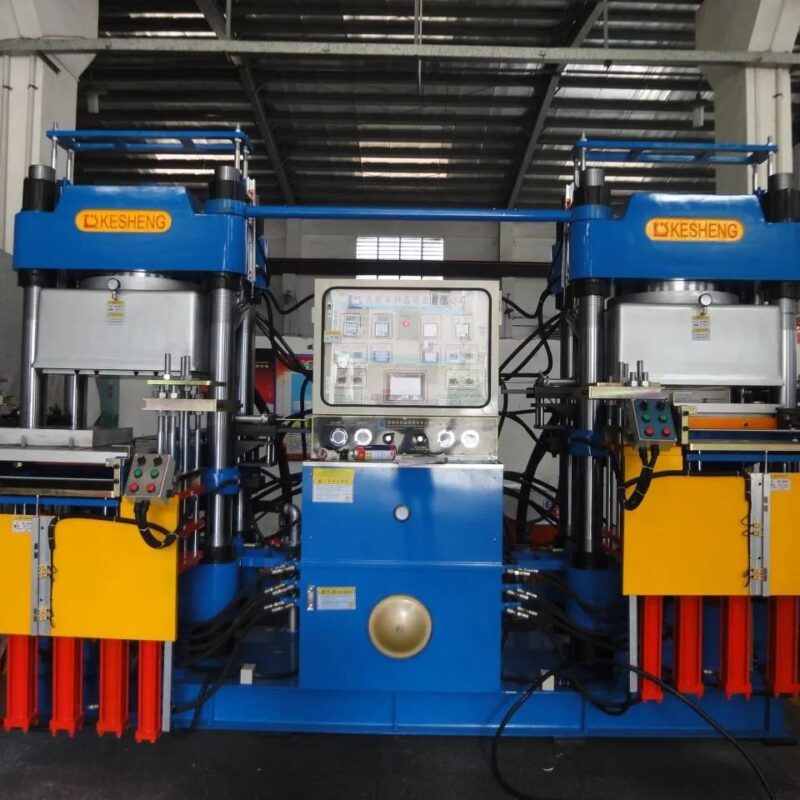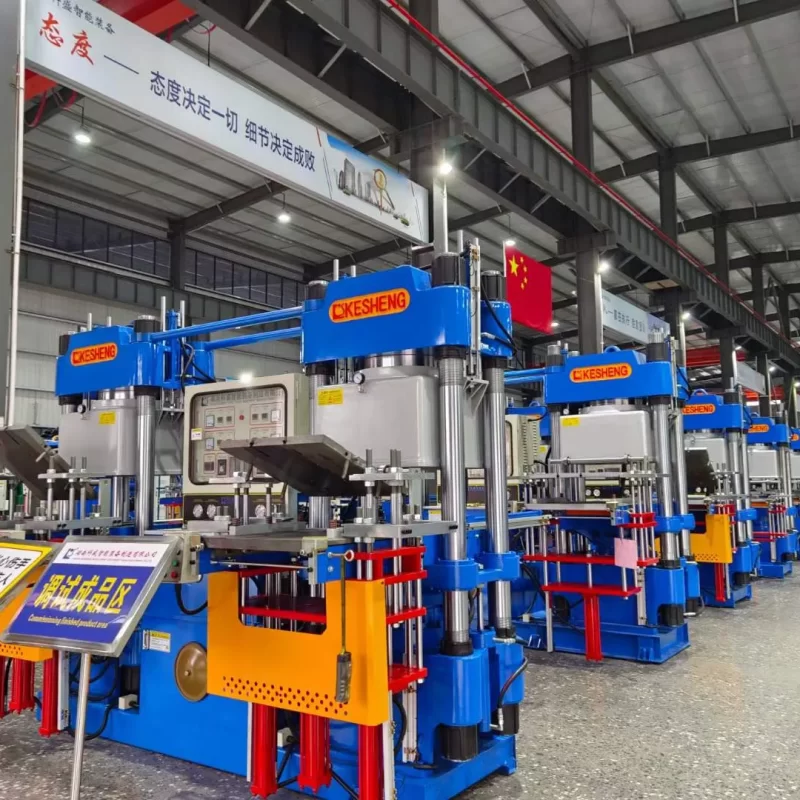The correct use and maintenance of rubber vulcanizing machines, along with preventative measures, are crucial for the rubber product industry.
Only by mastering the skills and preventive measures for using the machine can we improve the quality and longevity of rubber products and contribute more to the development of the rubber product industry.

Steps for Vulcanizing Machine Maintenance:
1.Regular Cleaning:
Surface Cleaning: Use a soft cloth to wipe away dust and regularly clean any grease from the surface of the machine.
Internal Cleaning: Disassemble any removable parts for thorough cleaning.
Check and Clean the Cooling System: Ensure the cooling system functions properly to avoid overheating.
2.Inspection and Maintenance of Parts:
Check Connections: Always inspect for any loose or leaking connections.
Electrical Component Check: Inspect wires, switches, and fuses to ensure they are functioning properly.
Mechanical Component Check: Check shafts, bearings, pistons, hydraulic valves, etc., for signs of wear or damage and address them promptly.
Lubrication of Moving Parts: Use specialized lubricants to ensure smooth operation of all moving parts.
3.Inspection and Replacement of Parts:
Replace Seals and Gaskets: Damaged seals and gaskets can cause fluid leaks, affecting the vulcanizing process.
Replace Worn or Damaged Parts: If any components are found to be worn or damaged, replace them immediately to ensure stable machine operation.
4.Pressure Check: Maintenance of the pressure system involves checking the hydraulic oil levels. If oil is low, replenish it immediately. It is also important to check if the seals are aging. After increasing the pressure of the vulcanizing machine to a certain level, monitor the pressure retention of the equipment.
If there is a drop in pressure, inspect and repair it promptly to avoid impacting the quality of rubber products. Lubricate all moving parts of the equipment to reduce operational resistance.
5.Heating System: This system is relatively simple, with three types of heating: electric, steam, or thermal oil heating. Operators need to monitor temperature increases and maintain the equipment, such as checking whether the surface temperature of the heating plates is uniform. Detecting and resolving issues is usually straightforward.
6.Electrical System Check: Handling electrical system issues can be complex, requiring operators with experience and a deep understanding of both mechanical and electrical systems. Nowadays, vulcanizing machines are becoming more automated, with many processes controlled automatically via PLC programs.
Voltage Check: Ensure stable voltage supply for proper machine operation.
Check Protective Devices: Inspect overload and short-circuit protection devices to ensure safety. Make sure the main machine and the electrical box are properly grounded and regularly check for any loose connections, tightening them securely. Keep electrical components clean, dry, and protected from impact or moisture.
7.Maintenance Schedule: The frequency of vulcanizing machine maintenance depends on various factors such as usage frequency, working conditions, and machine type. However, regular maintenance is usually recommended every 3-6 months.
Notes:
- Follow Manufacturer’s Guidelines: Each vulcanizing machine type will have different maintenance requirements, so it is important to follow the manufacturer’s instructions.
- Use the Correct Lubricant: Always use the designated lubricant for effective maintenance.
- Disconnect Power Before Maintenance: Ensure safety by turning off the power before performing maintenance.
- Call a Technician If Needed: If you lack experience, seek assistance from professional technicians.



